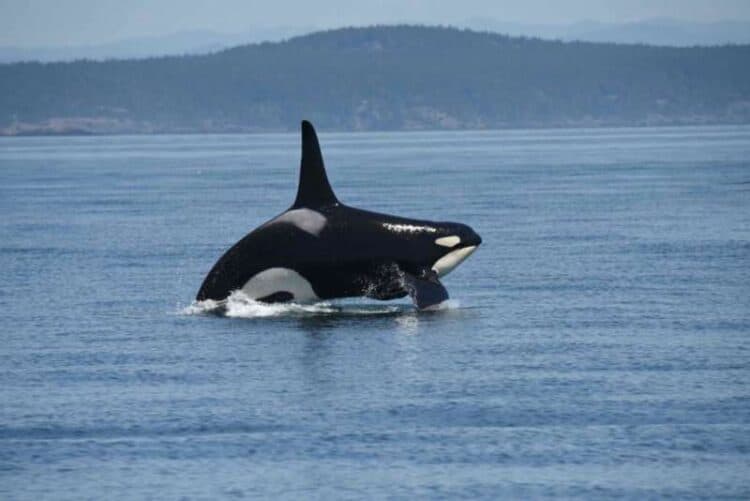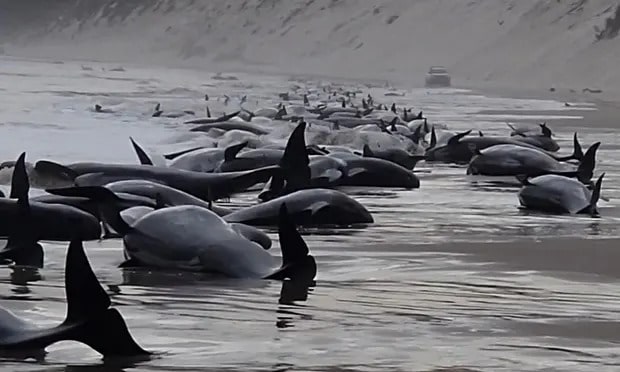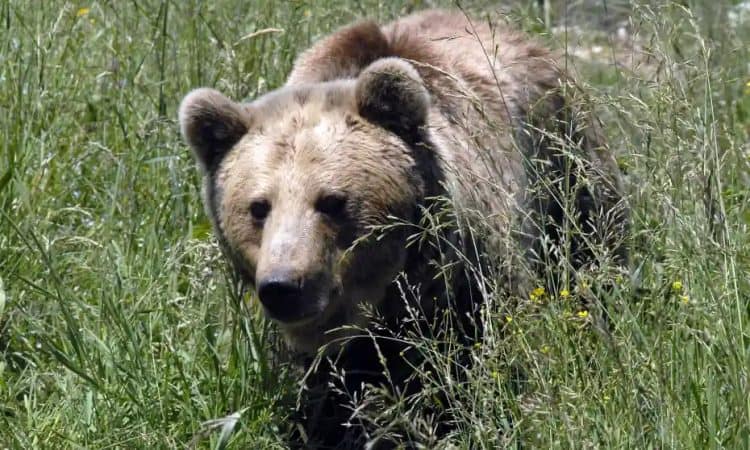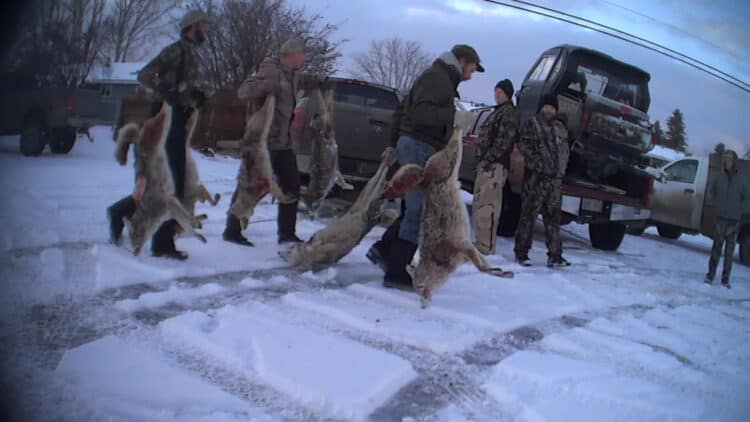Wildlife experts rescued 32 out of the 230 beached pilot whales that were found stranded on the remote west coast of Australia’s island state of Tasmania.
Half of the pod of whales were stranded in Macquarie Harbour and were thought to still be alive on Wednesday, according to the Department of Natural Resources and Environment Tasmania. However, throughout the night, only 35 survived the surf.
“Of the 35 that were remaining alive this morning, we’ve managed to refloat, rescue and release … 32 of those animals, and so that’s a terrific result,” Brendon Clark, Tasmania Parks and Wildlife Service manager, said.
“We still have three alive on the far northern end of Ocean Beach, but because of access restrictions, predominantly tidal influences, we just haven’t been able to access those three animals safely today. But they’ll be our priority in the morning,” Clark added.
NPR reported that the beaching happened exactly two years to the day of the largest mass-stranding in Australia’s history was discovered in the same harbor. In that event, around 470 long-finned pilot whales were found stuck on sandbars. After a weeklong effort, rescuers were able to save 111 of the whales.
The whales will be tested to see if there are toxins in their system or anything else that could explain this devastating event.
“These mass stranding events are typically the result of accidental sort of coming to shore, and that’s through a whole host of reasons,” Carlyon said.
This news comes after 14 sperm whales were found beached on King Island between the Australian mainland and Tasmania.
Scientists believe that navigation issues, geography, falling tides, predators, or extreme weather all play a role in whale strandings. They also note that climate change affects whales’ prey and forces them and the whales into shallow water, where they can get stuck.
This article by Hailey Kanowsky was first published by OneGreenPlanet on 26 September 2022. Lead Image Source : Stephen Barnes/Shutterstock.
What you can do
Support ‘Fighting for Wildlife’ by donating as little as $1 – It only takes a minute. Thank you.
Fighting for Wildlife supports approved wildlife conservation organizations, which spend at least 80 percent of the money they raise on actual fieldwork, rather than administration and fundraising. When making a donation you can designate for which type of initiative it should be used – wildlife, oceans, forests or climate.







Leave a Reply